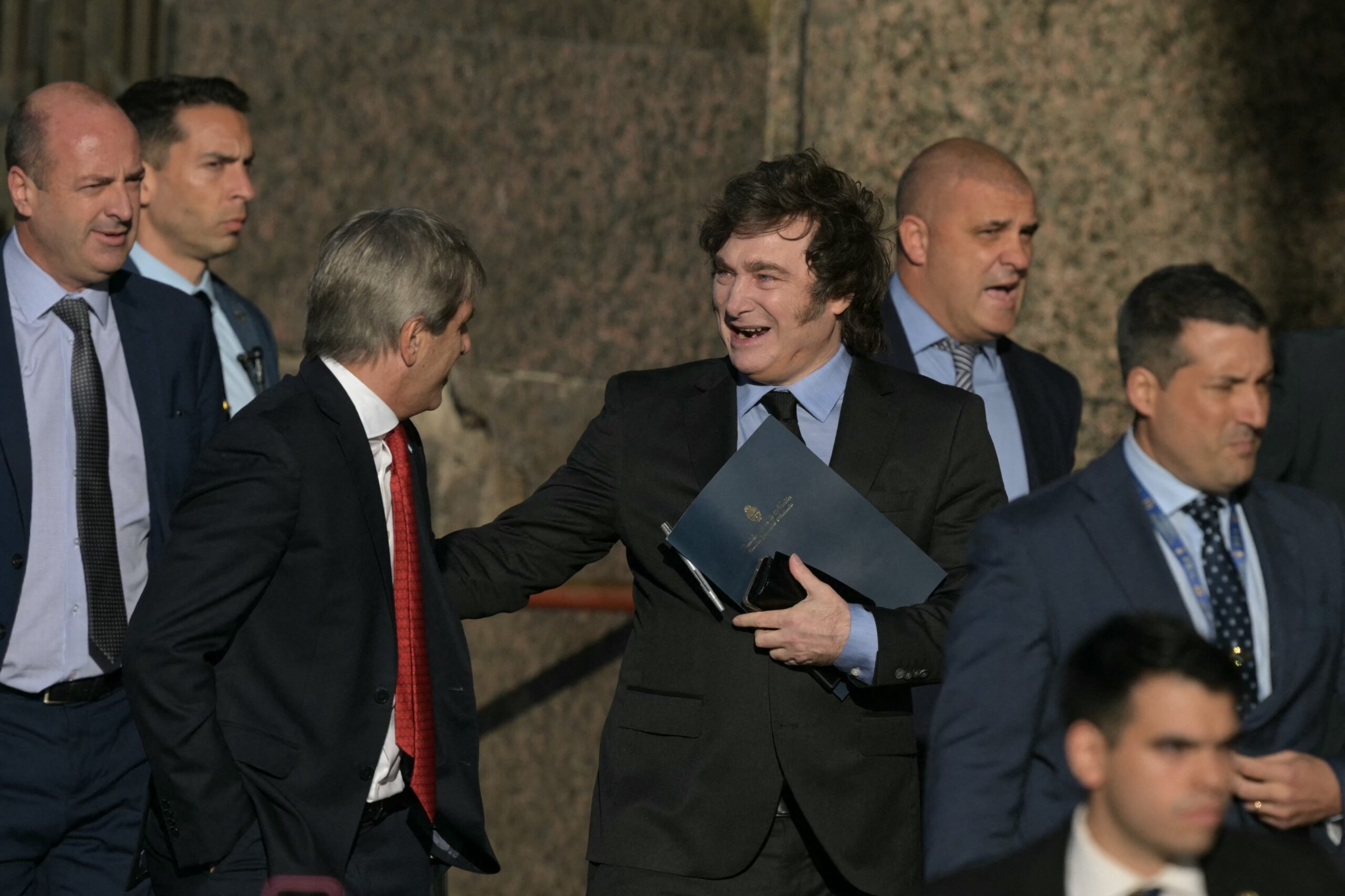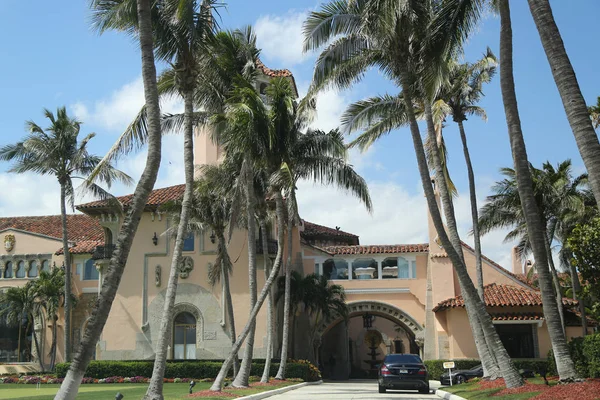Milei Lifts Argentina’s Currency Controls
With loans from the IMF and other sources, the president has secured enough foreign reserves to end the peg.

Argentina’s President Javier Milei secured a major victory this week, implementing on Monday a major loosening of the country’s restrictive regime of currency controls. The new monetary policy was made possible by Milei’s successful efforts to obtain outside financing from international financial institutions, including the International Monetary Fund (IMF) and the World Bank.
Last week, Milei announced that Argentina had completed an agreement with the IMF for a loan of $20 billion, including an initial disbursement of $12 billion. Additional agreements with the World Bank and the Inter-American Development Bank will add another $22 billion dollars in the coming years to Argentina’s thin central bank currency reserves.
The massive infusion of dollars into the government’s coffers allowed Milei to announce, effective Monday April 14, the end of much of Argentina’s regime of currency controls, imposed in 2011 by then-President Cristina Kirchner in an attempt to halt capital flight and prop up the Argentine peso.
The new monetary system, approved by the IMF, ends nearly all restrictions and fees on individual buying and selling of dollars in Argentina and moves the currency from a crawling peg model into a managed float.
Previously, the price of the dollar offered by the Central Bank of Argentina (BCRA) was permitted to rise or fall only by a small percentage every month, resulting in a large disparity between the official price and the real price of the dollar on the black market. At the time of Milei’s announcement, for example, the official price of the dollar was a roughly 25 percent discount from the real exchange rate. This model made it artificially more attractive to buy dollars from the central bank, and to prevent buyers draining the BCRA of its currency reserves past governments imposed strict limits on buying and selling dollars, making it almost impossible for Argentines to purchase dollars legally and prohibiting businesses from repatriation their earnings in Argentina abroad.
To replace this cumbersome set of currency controls, Milei announced that individuals will now be able to buy and sell dollars without restriction at a price that will float freely in a “band” (which will expand slowly over time) between 1000 and 1400 pesos per dollar, eliminating the artificially priced central bank dollar. If the exchange rate hits either end of the band, the BCRA will intervene and either buy or sell dollars to stabilize the exchange market. Businesses will also be allowed to begin repatriating their earnings from 2025.
When the monetary policy adjustment was announced, investors and commentators were uncertain about its ultimate effects—would Argentines rush to buy as many dollars as possible now that they were more freely available, devaluing the peso dramatically and restarting inflation? Or would they gain confidence from the new open exchange and allow the price of the dollar to settle at a lower rate? But the past week has proven very promising for Milei: After the initial expected devaluation, the dollar has settled down between the middle and bottom of the band, at 1110 pesos per dollar at time of writing.
The future looks promising. The new, freer exchange rate will decrease the demand for dollars and increase consumer confidence in the value of the peso, and the combination of a more stable currency and the ability for companies to repatriate their earnings will make the country significantly more attractive for foreign investment—attracting overseas investors is a major goal of Milei’s administration.
The move is also good for Milei’s program for combating inflation. While the initial shock of moving from a crawling peg to a floating exchange rate is expected to push inflation up somewhat in April and May as the market adjusts to the newly devalued peso, once the new monetary policy is firmly in place the peso should experience less inflationary pressure as consumer and investor confidence increases, foreign investment flows into the country, and the national budget surpluses created by Milei’s cost-cutting chainsaw take effect.
It’s much too early for Milei to declare victory, however. This is not the first time that an Argentine president has tried to lift the Kirchnerist currency controls. In 2015, Mauricio Macri also secured a major loan from the IMF, lifted currency controls, and established a banded floating exchange rate (at that time, between 14 and 15 pesos to the dollar) to facilitate a transition to a more regular monetary policy. And it worked—for a time. While the peso stabilized, economic growth under Macri was weak, and in 2018, the U.S. federal reserve raised rates, pressuring the peso and increasing inflation. When Macri lost the 2019 Argentine general election, the price of the dollar skyrocketed overnight and Macri had no choice but to reimpose currency controls as the fallout threatened to completely drain the reserves of the BCRA. He left office with a record of negative growth, high inflation, and the utter ruin of his attempt to liberalize Argentine monetary policy.
Milei still faces the Argentine midterm elections at the end of this year. Currently, the president’s performance has been very strong both economically and politically, and his party La Libertad Avanza is in a good position to improve their meager standing in the Argentine legislative branch. But if Milei and his allies underperform in this election, or if his policies don’t deliver the economic growth the president has promised, in not many years he could find himself in the shoes of Mauricio Macri: a discredited political figure barely holding together the last remnants of a disintegrating party on the fringes of Argentine politics.
The post Milei Lifts Argentina’s Currency Controls appeared first on The American Conservative.

